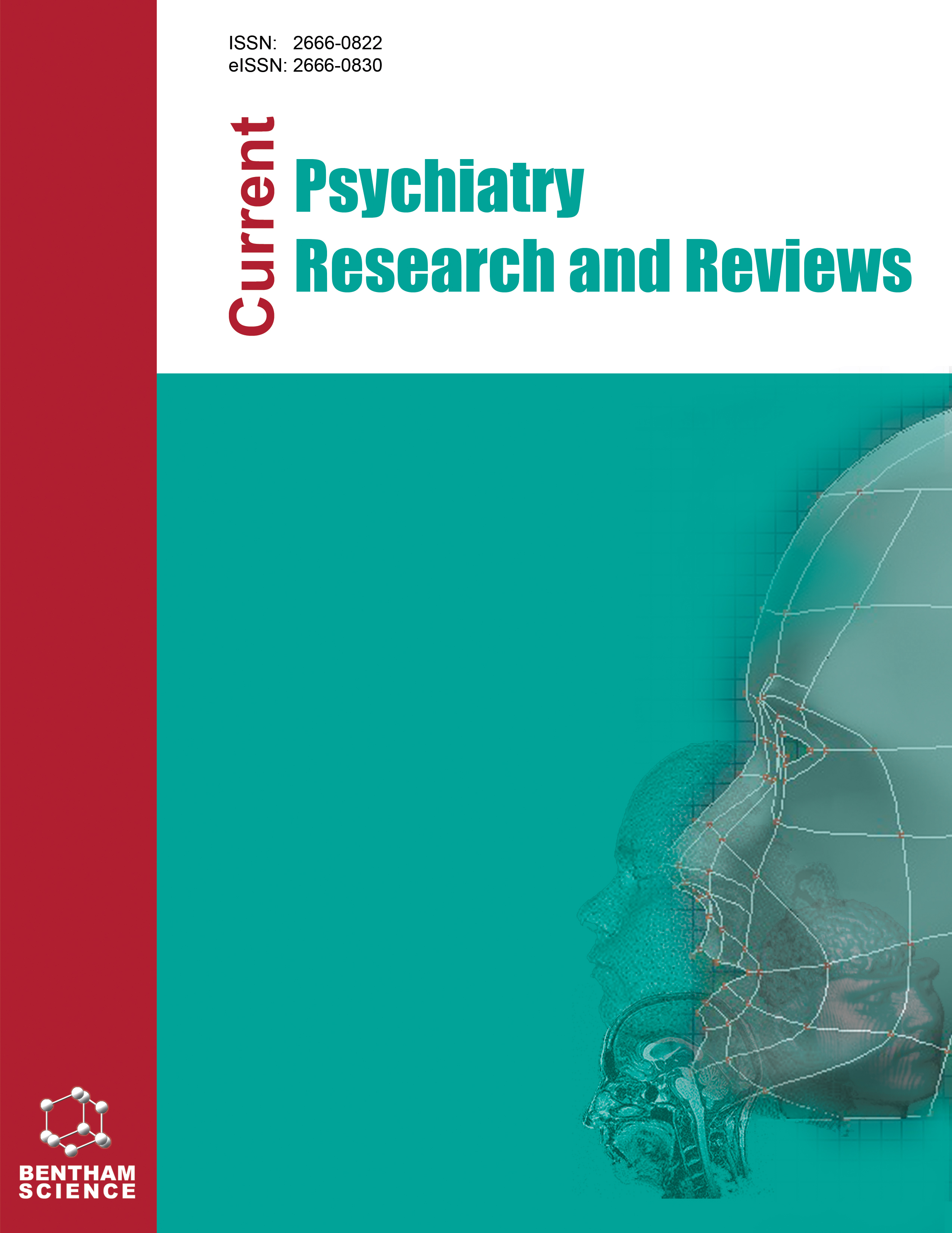
Full text loading...
We use cookies to track usage and preferences.I Understand
The bidirectional communication among the different peptide neurotransmitters and their receptors influences brain, immunity, and behavior. Among the peptide neurotransmitters, Glutamate is the primary excitatory while; gamma-aminobutyrate (γ-GABA), is the inhibitory neurotransmitter. Glutamatergic/GABAergic imbalances are seen in many neurological and autoimmune disorders. With an aim to understand more deeply the intricacies of glutamate/GABA homeostasis, we provide a critical review of glutamate, glycine and GABA peptide neurotransmitters and their role in the brain, behavior, and immunity. Another aspect of maintaining this homeostasis has its origin in the gut-brain-axis which influences mood and behavior via the bidirectional biochemical exchange network between central (CNS) and enteric nervous system (ENS). This present review also provides evidence of the cross-talk between glutamate, glycine, and GABA along the microbiota-gut-brain axis, thus any variations in this axis bear the consequences of the pathological condition. Drugs like alcohol, Benzodiazepines (Barbiturates) and neurosteroids inhibit the excitatory action of glutamate leading to an overall increase of glutamate/GABA ratio that causes relaxation of nerves. However, these drugs are misused and abused among drug addicts and now their commercial production is either banned or downsized and heavily monitored. Because only a limited number of drug molecules are considered in pharmaceutics and clinics as antidepressants, it is essential to focus on alternate peptide modulator analogues which are safe, eco-friendly and can be used as drugs to relieve stress and anxiety. In this review, we present a synopsis of the studies on synthetic GABAergic agonists or GABA modulators that can be targeted for future therapeutics and clinics.

Article metrics loading...

Full text loading...
References


Data & Media loading...

